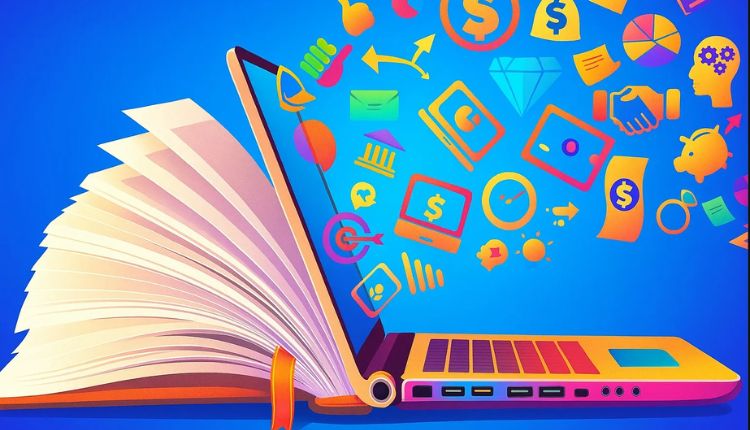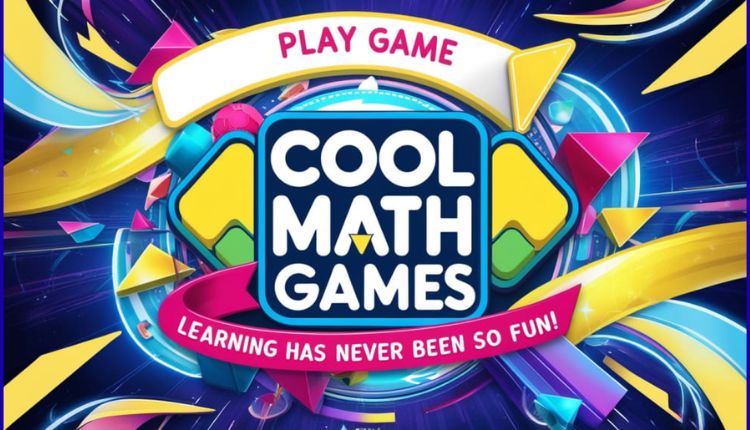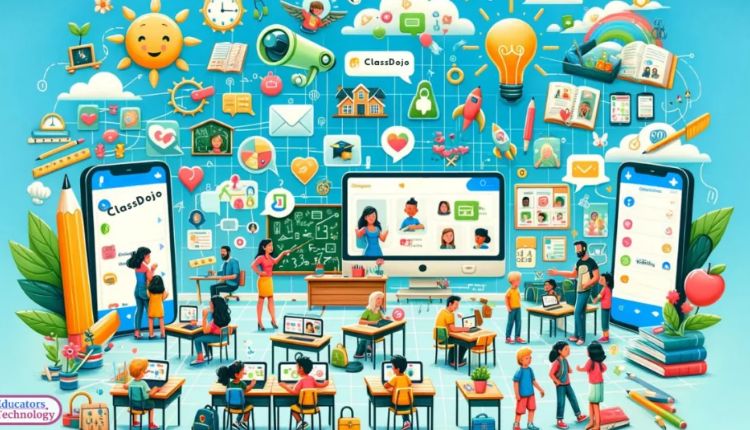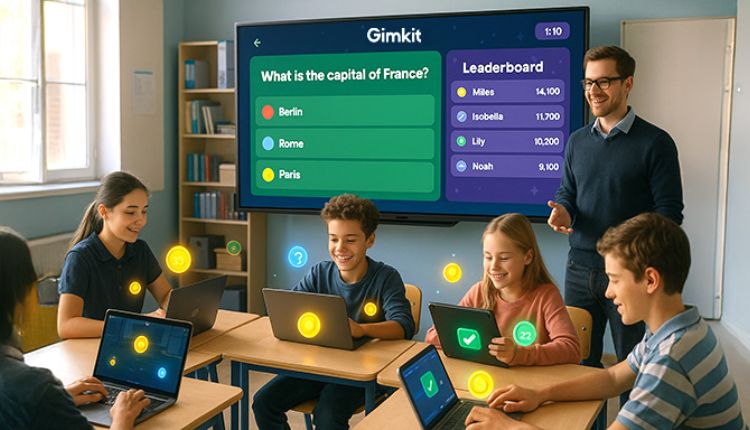Among the many emerging platforms, Kimkit has begun to make a noticeable impact. Designed to decorate pupil engagement via gamified learning and intuitive functions, Kimkit represents an ahead-thinking method to schooling. Whether used in lecture rooms or for getting to know, this platform offers dynamic equipment that caters to various instructional needs.
What is Kimkit?
Kimkit is an innovative digital studying platform that blends traditional academic practices with interactive and gamified factors. It is particularly centred on making knowledge amusing and attractive for students of every age.
The platform helps numerous subjects and subjects, permitting educators to create customised quizzes, interactive activities, and collaborative games. Kimkit’s ambitions are to sell energetic participation and allow for preserving information via visible aids and on-the-spot comment mechanisms.
The Origin and Development of Kimkit
The idea behind Kimkit was born from the growing need for engaging digital mastering environments. Traditional classroom strategies, at the same time as being effective in certain areas, regularly lack the interactive element that present-day college students seek.
With the upward thrust of remote studying and hybrid schooling systems, developers and educators collaborated to create Kimkit as a versatile answer. Its improvement has received nonstop remarks from instructors and college students, ensuring that its functions align with actual study room demands.
Key Features of Kimkit
Kimkit is designed with each instructor and student in mind. One of its primary features is the capacity to create interactive quizzes that encompass more than one question format, which includes multiple-choice, true or false, and open-ended questions.
It additionally offers real-time results tracking, which permits educators to evaluate pupil understanding immediately. Another vast function is its user-friendly interface, which allows even younger college students to navigate and use the platform without problems. Additionally, Kimkit supports organisation collaboration, fostering a group-primarily based mastering environment that encourages conversation and critical questioning.
The Role of Gamification in Kimkit
Gamification is one of the important pillars of Kimkit’s design. By integrating recreation-like elements into the mastering manner, Kimkit transforms mundane instructions into exciting challenges.
Students earn factors, badges, and achievements for his or her participation and performance, which motivates them to interact more deeply with the fabric. This method has been shown to enhance retention and comprehension, as students are more likely to consider information when it’s closely related to a fun and rewarding experience.
Customisation and Flexibility for Educators
One of the reasons Kimkit sticks out is its high degree of customisation. Educators can tailor sports consistent with curriculum requirements, learning objectives, and student performance tiers.
The platform permits the combination of multimedia content, along with photographs, films, and audio clips, to enhance the learning experience. This flexibility ensures that teachers can address different learning styles and desires within a single platform. The customisation options additionally allow for differentiated training, an essential issue in contemporary inclusive education.
Student Experience on Kimkit
From a pupil’s perspective, Kimkit gives an interesting and enjoyable way to study. The interface is colourful and interactive, with functions designed to keep interest and interest. Students can compete with peers, collaborate on group challenges, and receive on-the-spot comments on their overall performance.
This immediate response helps them understand their errors and encourages a growth mindset. Moreover, the use of leaderboards and rewards faucets taps into their aggressive nature, in addition to boosting motivation.
Integration with Classroom Technology
Kimkit is well matched with a number of schoolroom technologies, including smartboards, capsules, laptops, and projectors. This makes it smooth to integrate into present lecture room setups without the need for massive adjustments.
Teachers can undertake quizzes or games on a screen for entire-class participation or assign them for my part through capsules. Kimkit additionally integrates with Learning Management Systems (LMS), taking into consideration clean information transfer and development tracking.
Educational Impact and Outcomes
Since its introduction, Kimkit has been followed by schools and educators around the world. The platform has confirmed measurable upgrades in student participation, overall instructional performance, and lecture room atmosphere.
Educators document higher tiers of scholar engagement, mainly among people who are commonly less responsive to traditional teaching methods. Additionally, the platform has helped in identifying mastery gaps more correctly, permitting well-timed intervention and guidance.
Accessibility and Inclusion in Kimkit
Accessibility is a key consideration in the design of Kimkit. The platform is compatible with display readers and consists of features for college kids with disabilities. Text-to-speech functions, adjustable font sizes, and colour comparison options make it usable for college kids with visual or learning challenges. Kimkit also supports more than one language, making it an appropriate choice for multicultural and multilingual lecture rooms.
Feedback and Continuous Improvement
Kimkit’s improvement crew places a huge emphasis on user feedback. Regular updates are rolled out to incorporate suggestions from educators and inexperienced persons. This responsive improvement strategy has helped Kimkit continue to be relevant and constantly improve its capability. Beta testing for brand new capabilities is regularly carried out in collaboration with schools, making sure of real global applicability and effectiveness.
The Future of Kimkit in Education
As educational developments preserve a shift toward blended and personalised learning, structures like Kimkit are anticipated to play a more and more valuable function. Its flexible structure and user-driven design make it adaptable to destiny improvements in schooling.
Plans for Kimkit encompass the addition of AI-pushed analytics, adaptive mastering pathways, and integration with emerging technologies like digital and augmented reality. These developments promise to, in addition, beautify the gaining knowledge of revelling in and offer even more value to both instructors and college students.
Conclusion
Kimkit exemplifies the evolution of tutorial generation in a virtual age. With its attention on interactivity, customisation, and inclusivity, it provides an effective tool for modern classrooms. The platform’s gamified technique makes mastery possible at the same time as its strong features help each coaching and getting to know desires. As it maintains to develop and increase, Kimkit is poised to become a staple in schoolrooms across the globe, reworking the manner college students interact with technology.





